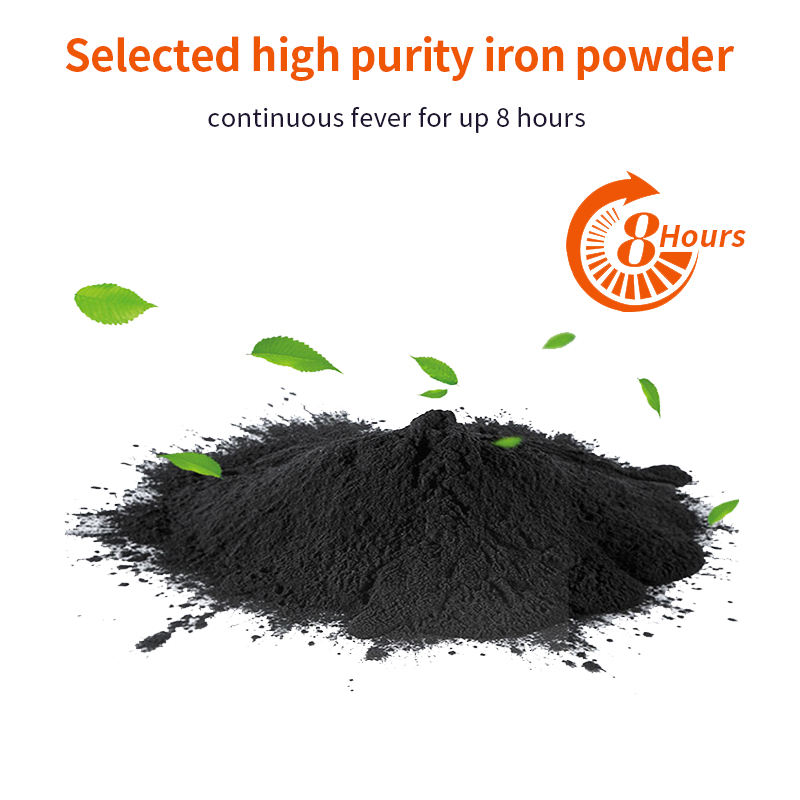- Introduction of Body Heat Patches
When the chill sets in, body heat patches are your trusty companions, offering reliable warmth and comfort. These innovative patches harness your body’s own heat, providing a portable source of infrared warmth wherever you go. - Benefits of Body Heat Patches
In the biting cold, these patches become your personal warmth savers. They are not only reusable and safe but also remarkably cost-effective compared to traditional heating methods. Moreover, they are environmentally friendly, making them a sustainable choice for staying warm. - How Do Body Heat Patches Work?
Embedded with advanced technology, these patches efficiently convert your body’s natural warmth into soothing infrared heat. This gentle heat radiates back into your body, creating a cozy shield against the cold, whether you’re indoors or outdoors.

- Tips for Using Body Heat Patches
To optimize their efficacy, it’s crucial to know where to apply these patches, select the right size, and properly care for them when not in use. Understanding how to store them correctly can ensure they are always ready when you need that extra bit of warmth. - Applications of Body Heat Patches
These patches are versatile, serving as reliable companions during outdoor adventures like hiking or skiing. They are equally adept at providing comfort at home or work, soothing arthritis or injury pain, and promoting healthy blood circulation. - Conclusion
Body heat patches are not just simple heating solutions; they are warm embraces on chilly days. With their exceptional benefits, these patches have become a go-to choice for anyone seeking comfort and warmth during the frosty months.
- FAQ
Body heat patches typically last for several hours, providing extended warmth throughout your day.
Designed with skin safety in mind, these patches are unlikely to cause irritation when used as directed.
While they are not machine washable, you can easily wipe them down for quick cleaning.
As they are designed to produce gentle warmth, the risk of them catching on fire is extremely low.






